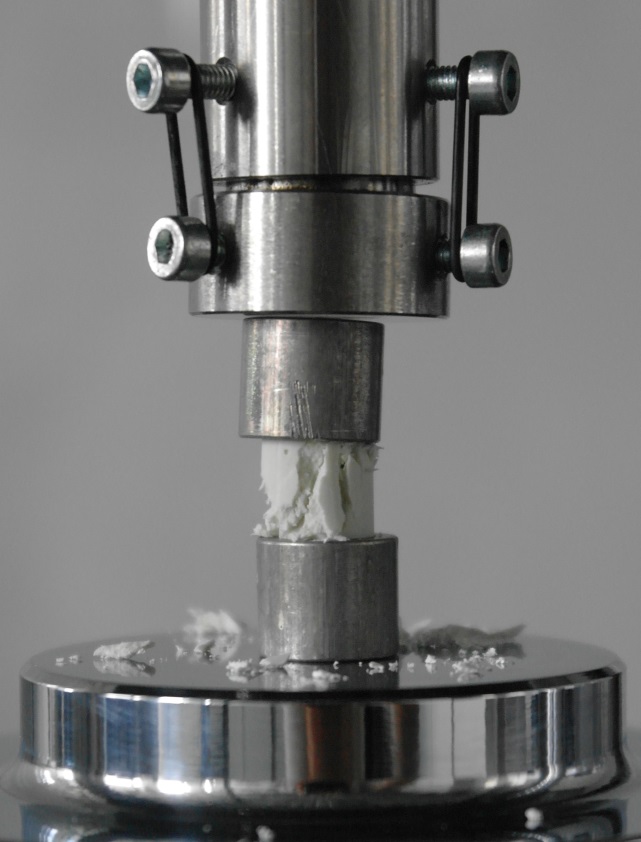Bone cements for load bearing orthopedic applications
Bone fractures can require operative treatment, involving the use of fixation methods. However, operative treatments are associated with invasive procedures that generate high costs, prolonged recovery periods and the potential for a negative outcome.
With the underlying goal to improve patient care and reducing healthcare costs, minimally invasive therapies such as vertebroplasty (including kyphoplasty) are sought. Although the effectiveness of vertebroplasty remains controversial, much of the variability observed in treatment outcome may be attributed to the sub-optimal materials and delivery methods currently in use.
Conventional bone cements such as polymethylmethacrylate (PMMA) provide good strength but due to several drawbacks, it has never gained general acceptance for fracture augmentation in the spine. Recently, injectable self-setting ceramics mainly based on calcium, phosphorus, silicon and aluminum - oxides have started to be considered an attractive alternative to PMMA cements because of their outstanding biocompatibility and limited exothermic properties. Nevertheless, ceramic cements show limited mechanical properties, which do not yet encourage their clinical use in load-bearing applications.
The main aim of this project, which is carried out in close collaboration with Uppsala University in Sweden, is to develop ceramic bone cement and delivery techniques for use in load-bearing orthopedic applications with special focus on fracture treatment of the spine. The project will utilize a polymer additive in ceramic cement in order to improve the cement’s fracture toughness while maintaining its biocompatibility.

